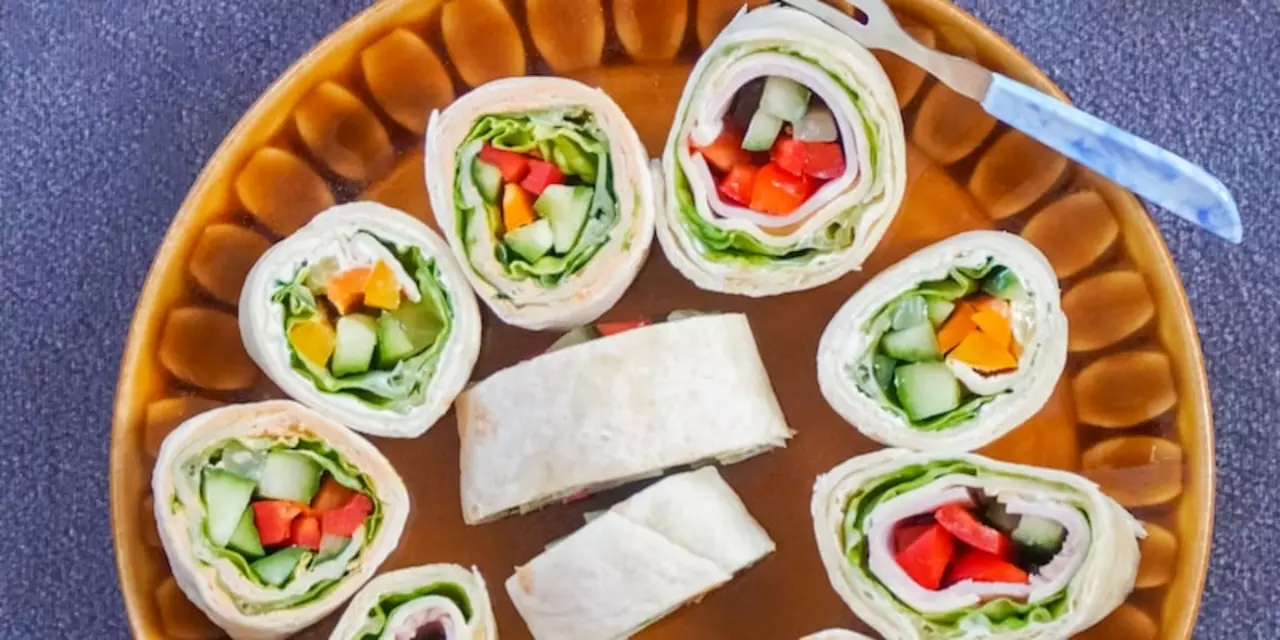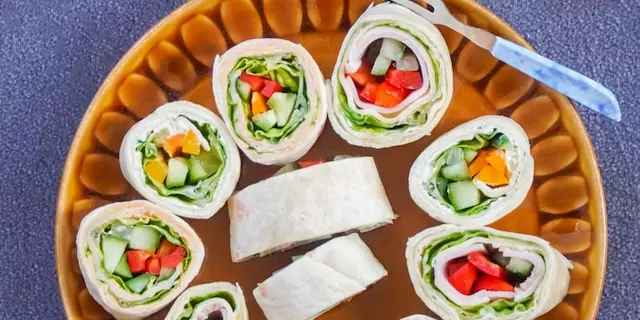What Exactly Is a Difference and Why It Matters
When you hear the word “difference,” you probably think of two things that are not the same. That basic idea is right, but the concept runs deeper. Knowing the difference between two options helps you make better choices, solve problems, and explain ideas clearly.
How to Spot a Difference Quickly
First, look for the obvious traits – size, color, shape, or purpose. If you’re comparing two phones, the screen size and camera specs jump out. Next, dig a little deeper: cost, battery life, and brand reputation are less visible but still important. Write down the key points side by side; a simple table can turn a confusing mix into a clear view.
Another fast trick is to ask yourself three questions: What does each item do? Who uses it? When would you pick one over the other? Answering these helps you cut through the noise and focus on what really sets them apart.
Real‑World Examples of Differences
Think about food. A biryani and a pulao both have rice, spices, and meat, but the cooking method and flavor intensity differ. Biryani layers cooked rice with marinated meat, while pulao mixes everything together. Knowing that difference tells you which dish fits a dinner party vibe.
In travel, a train and a bus both move you from point A to B. The main differences are speed and comfort – trains are usually faster and have more space, while buses may stop more often and cost less. Understanding these points helps you pick the right ride for your schedule and budget.
Even in exams, “difference” shows up as a question type. You might be asked to compare the British Raj and the Spanish missions. The difference lies in purpose (colonial control vs. religious conversion) and location (India vs. California). Spotting that contrast gives you a clear answer.
Now that you’ve seen a few examples, here are three practical steps to use differences every day:
- List the features. Write down everything you notice about each item.
- Rank the importance. Decide which features matter most for your goal.
- Choose based on the biggest gap. The item that scores higher on your top features is usually the better pick.
By following this routine, you’ll stop guessing and start deciding with confidence.
Remember, a difference isn’t just what’s missing – it’s what makes each option unique. When you learn to spot and use those unique parts, you turn everyday choices into smarter moves.

What is the difference between a paratha and a tortilla?
- Date: 14 Feb 2023
- Categories:
- Author: Aarav Khatri
Parathas and tortillas are both flatbreads that have different origins and ingredients. Parathas are unleavened and usually made with whole wheat flour, while tortillas are made with corn or flour. Parathas are usually cooked on a tava, while tortillas are cooked on a comal. Parathas are usually served with various accompaniments such as potatoes, yogurt, chutney, and pickles, while tortillas are usually served with a variety of fillings such as cheese, beans, or meat. Furthermore, parathas are usually thicker than tortillas, making them a popular breakfast option.




